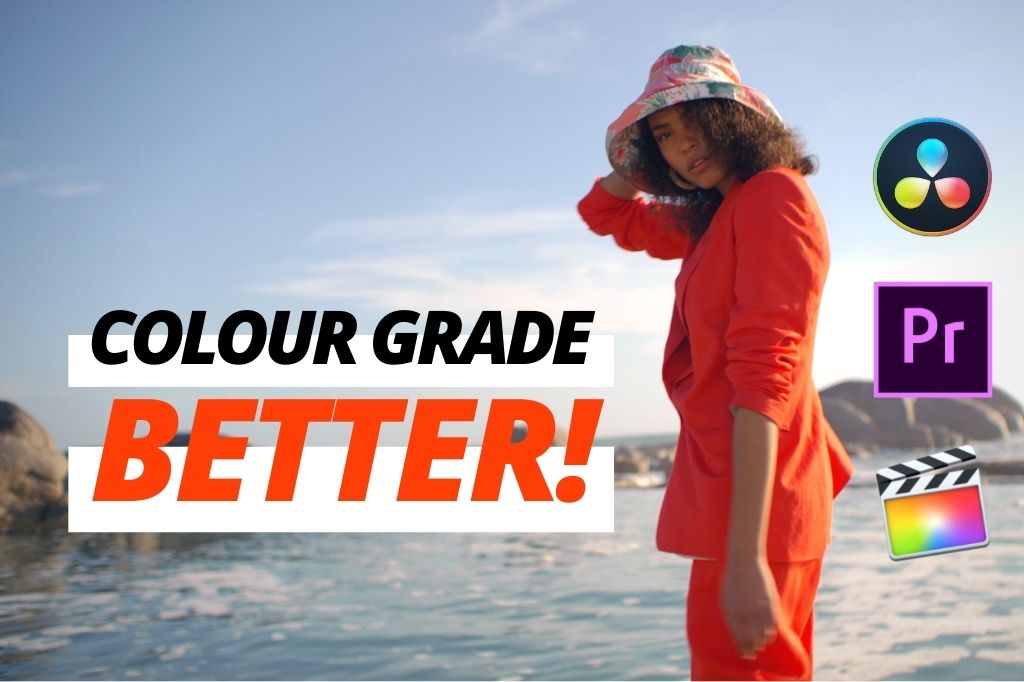It’s no secret that the Canon EOS R5 is making massive waves in the photo- and videographic industry right now. Everyone is touting this full-frame mirrorless beast as the current pinnacle for photo and video shooting.
We’ve spoken about the EOS R5’s jaw-dropping photo features at length in our exclusive first look video on OrmsTV. But what truly makes this camera such a formidable video creation machine? We just had to do a deep dive into the video specs of the EOS R5 and unpack exactly why it is so well-suited to producing high quality videos.
Our video content producer, Jess, has a background as a colourist as well as a videographer and editor, and this specialised knowledge of digital imaging principles makes her an ideal person to break down the key video features of the EOS R5 and explain why they should matter so much to video shooters.
In this OrmsTV video, Jess discusses the following points and answers the following questions:
- The Canon EOS R5 can shoot in 8K. Why does this matter in a world where most devices can’t display 8K yet?
- Internal RAW video shooting. What does it mean to shoot video in RAW and why is it important?
- 12-bit and 10-bit internal video recording in the EOS R5. What is bit depth and how will shooting at bit depths greater than 8-bit improve the quality of your videos?
- The EOS R5 uses 4:2:2 chroma subsampling to record videos internally. How is 4:2:2 better than 4:2:0 colour sampling?
- We now get C-LOG in the EOS R5. What does this mean for video shooters?
- Shooting H.264 vs. shooting H.265. Does this make a difference?
- The EOS R5 has 5-axis sensor shift built-in image stabilisation. Is it any good and how will it change your video shooting experience?
- Dual Pixel CMOS AF II and Canon’s improved deep learning head detection/eye tracking system for autofocus. What does this mean for Canon video shooters?
You can find the full video here on our YouTube channel.
DEEPEN YOUR KNOWLEDGE OF MOVING IMAGES
As we mentioned a few times in the above video, a point of the finer details of the digital imaging principles we referenced are better explained in an older video Jess created. The video clips you pull out of your DSLR or mirrorless camera probably don’t look like the footage generated by a Hollywood-grade production. No, duh, right? But do you actually know WHY that is the case? In this OrmsTV video, Jess breaks down the technical workings that determine the quality of your video footage and why you might be struggling to colour grade them.
If you aren’t in the mood for something quite so technical, check out this blog post where we list a bunch of incredible local short films you can watch online for free, or this one where we have curated some of the best free online resources you can utilise to improve your visual literacy.







